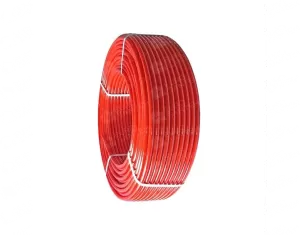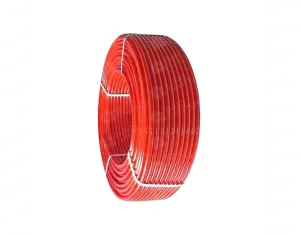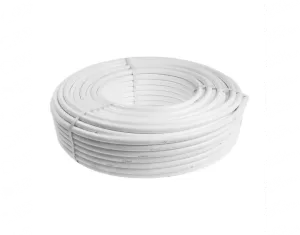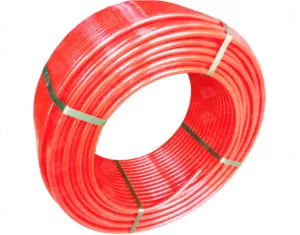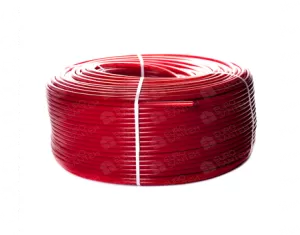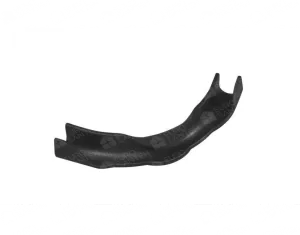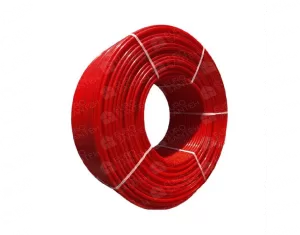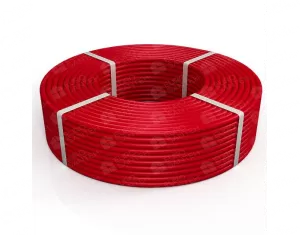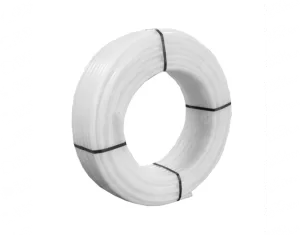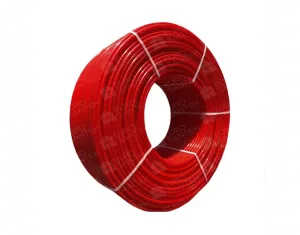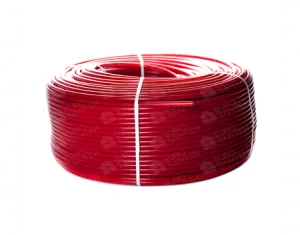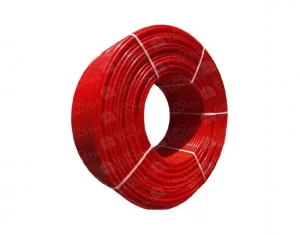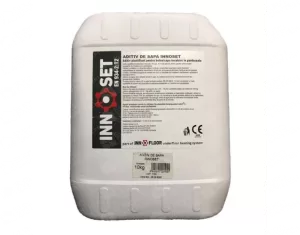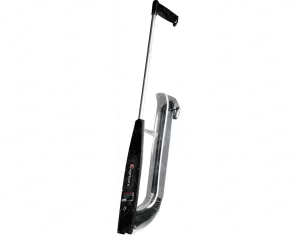Pipes and fittings for underfloor heating
Underfloor heating has become a popular choice for homeowners seeking a comfortable and energy-efficient heating solution. The selection of pipes and fittings plays a crucial role in the effectiveness and longevity of the underfloor heating system. Let's delve into the key aspects of pipes and fittings for underfloor heating.
1. Types of Pipes for Underfloor Heating: Materials Matter
The choice of pipe material is fundamental to the success of underfloor heating systems. Common materials include cross-linked polyethylene (PEX), polybutene (PB), and even metal pipes. Each material has its unique properties, affecting factors such as flexibility, thermal conductivity, and durability.
2. Cross-Linked Polyethylene (PEX) Pipes: Flexibility and Efficiency
PEX pipes are widely used in underfloor heating due to their flexibility and ease of installation. They are resistant to corrosion and can withstand temperature variations, ensuring a long lifespan for the system. The flexibility of PEX pipes allows for straightforward installation around obstacles and within different floor structures.
3. Polybutene (PB) Pipes: Durability and Stability
Polybutene pipes are known for their durability and stability. They offer excellent resistance to high temperatures and maintain their structural integrity over time. PB pipes are a reliable choice for underfloor heating systems, providing consistent heat distribution and minimizing the risk of leaks.
4. Metal Pipes: Conductivity and Strength
Metal pipes, such as aluminum or copper, are valued for their high thermal conductivity. They ensure rapid heat transfer, resulting in a responsive and efficient underfloor heating system. However, they are less flexible than plastic alternatives, which may affect installation in certain scenarios.
5. Importance of Fittings: Seamless Integration for Optimal Performance
Fittings are the connectors that join sections of pipe, allowing the underfloor heating system to navigate the layout of the space seamlessly. Choosing high-quality fittings is essential for preventing leaks and ensuring the longevity of the system. Common types of fittings include couplings, elbows, tees, and manifolds.
6. Manifolds: Distributing Heat Effectively
Manifolds are critical components responsible for distributing hot water evenly to different zones of the underfloor heating system. A well-designed manifold enhances system efficiency by regulating flow rates and temperatures. Investing in a quality manifold is crucial for achieving optimal performance.
7. Benefits of Underfloor Heating Pipes and Fittings: Comfort and Efficiency
Underfloor heating systems offer numerous benefits, and the choice of pipes and fittings contributes significantly to these advantages. The even distribution of heat across the entire floor space creates a comfortable environment without the need for radiators. Additionally, underfloor heating systems are known for their energy efficiency, potentially leading to cost savings over time.
8. Professional Installation: Ensuring Success
While choosing the right pipes and fittings is crucial, professional installation is equally important. Certified installers have the expertise to design and implement underfloor heating systems tailored to the specific needs of a property. Proper installation minimizes the risk of issues and ensures the system operates at its full potential.
9. Considerations for Retrofitting: Adapting Existing Spaces
For homeowners considering underfloor heating in existing properties, retrofitting becomes a key consideration. Flexible pipe materials, such as PEX, make retrofitting more feasible, allowing the underfloor heating system to be integrated without significant structural modifications.
10. Future-Proofing with Smart Controls: Enhancing Control and Efficiency
Integrating smart controls with underfloor heating systems enhances user control and overall efficiency. Smart thermostats and zoning capabilities allow users to tailor heating settings to individual rooms, optimizing energy consumption and providing a future-proof solution.
Conclusion: Elevating Comfort with Quality Pipes and Fittings
In conclusion, the choice of pipes and fittings is pivotal in creating a high-performing and efficient underfloor heating system. Whether opting for the flexibility of PEX, the durability of PB, or the conductivity of metal pipes, homeowners should prioritize quality materials and professional installation for long-term comfort and energy savings. Underfloor heating, when designed and executed thoughtfully, transforms living spaces into cozy and energy-efficient havens.

